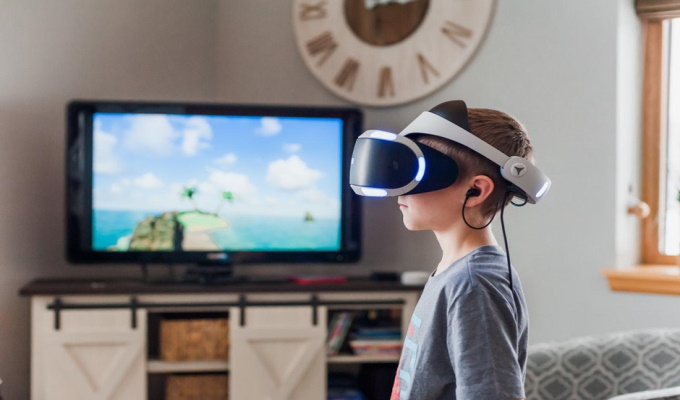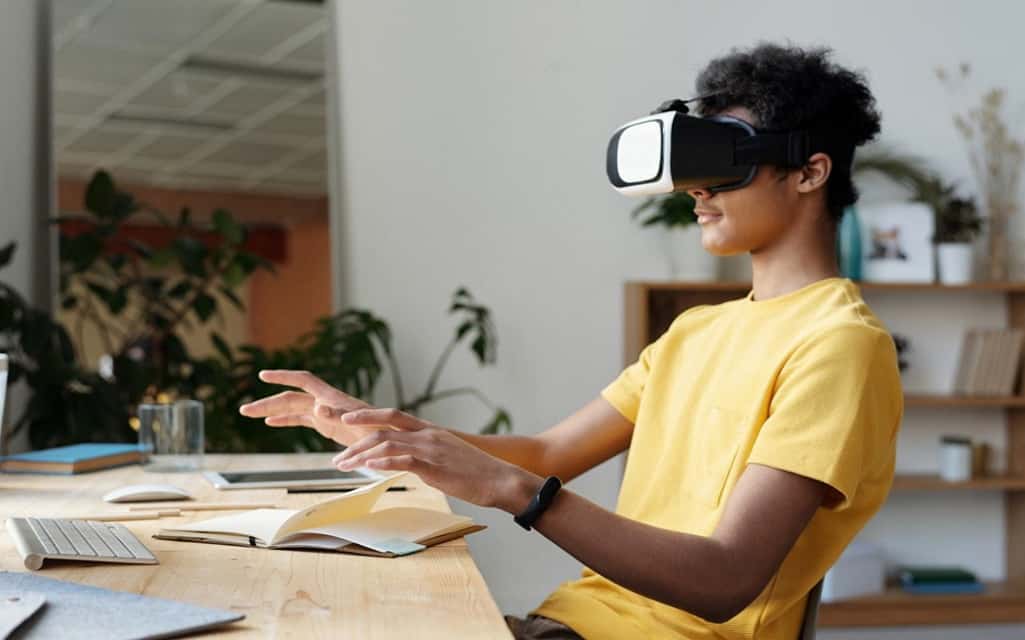Most commonly associated with gaming and nerds, Virtual Reality(VR) is commonly misconceived in its usefulness. However, this is starting to change as VR is increasingly being used in more real life environments. One of the most popular and practical applications of VR has been its implementation into education. Many people will now know what VR is, but I think many of you reading wouldn’t actually know any of the practical applications it can have in education or the difference it can make to learning. Using the 360 degree image which can be viewed or interacted with, the benefits of Virtual Reality in education are becoming increasingly apparent and can change education for the better. With such a rapidly changing world, education needs to rapidly change to keep up. We are going to have a look at 5 ways in which VR is changing and benefiting the educational system, making it a better place than it was before. So without further ado, let’s jump in!
1 – Inclusivity
One of the most important and beneficial markers of VR’s introduction into the learning environment is its impact on inclusivity within the classroom. It completely levels the playing field for everyone learning. Even from a young age, children coming into a reception class can face inequality and unfairness, merely from the world they were born into. It could be anything from a mental or physical disability to living in a house with an extremely low income. There are numerous factors which could affect a child’s learning, particularly when it comes to school trips or experiences, some children would maybe suffer. But a huge benefit of Virtual Reality in education is that it includes everyone. It provides exactly the same experience for all kids using the technology. It means those who may have suffered before are now included in the fun. Children no longer will miss those field trips or lack knowledge from difficulties within the traditional classroom.
2- Learning through experience
It’s an amazing bit of technology. It creates a visualization of altered realities which can be used to teach different experiences to children without the dangers or hassle of what real life would perhaps provide. This learning through experience is so important and a huge benefit of Virtual Reality to education, as it means children can avoid the traditional labours of reading and writing to learn, and instead are provided a different and more impressionable experience. Whether it be practicing chemistry experiments in safety or conducting spine surgery in an operating theater, the technology excites children and can make learning a fun activity, rather than a task forced upon them. Hugely important for further engagement in educational studies. It means lessons can be taught that would otherwise be bypassed and more complex studies are being engaged by more people which in turn can result in more professionals and a higher level of intelligence across the board. Why would you not want that?!

3- Engages students more fully
A huge benefit of Virtual Reality in education is the way it engages students more fully. By providing an experience or that added bit of excitement through the experience they are having, the children are more likely to be immersed, have minimized distractions and therefore, in turn, learn a lot more. Student engagement is also important for when a child is apprehensive or perhaps feeling a tad left out. Through the technology of VR, this student can become just as part of the learning experience without the woes of normal classroom life. With the virtual experience, children are more likely to take in the information compared to a normal classroom environment. I, for one, would have loved to have VR experience and avoided having the dreaded anxiety about putting my hand up in class when I knew the answer. Importantly, this engagement can be used in later life, whether that be completely altering office life or through the reduction of VR and training costs. VR is going to be consistently used more often within schools and workplaces as a great alternative to the current proceedings.
4- Go places you wouldn’t be able to go
This is a big pro to VR in education. It sets the boundaries of education much further afield. It means you can take trips to other countries, landmarks, geographical places or historical moments and have the experience there instead of being confined to the imagination of an individual following their interpretation of a picture in a textbook. Despite reservations from some, at the end of the day you want your children to be having fun whilst learning. This opens up whole new avenues of teaching and subjects. You can go to space or inside the human body, you can go to the Serengeti or the top of Everest, or you can dine with Henry VIII or be transported to the trenches of the Somme. There is a huge amount of vast expansion within learning which can be adopted by Virtual Reality, which adds a massive bonus to its introduction into education and offers children an improved experience which is much more likely to stick with them, rather than reading a book in a classroom.
5- Its memorable nature can provide lasting skills
By creating more visceral and visual experiences the child is more likely to remember the topic better. This in turn can develop creativity, provide a more accessible platform for everyone and also create better social skills. Because of its nature, it doesn’t feel like traditional work, meaning children are more inclined to interact and actually enjoy the experience which in turn will lock the time spent with it as a positive memorable experience. It can eliminate barriers that have traditionally proved hard in the past within education such as language or culture. Introducing avatars of different heritage to learn about (key in battling issues such as bullying, racism or bigotry) or provide actual translation to those new to a country and still learning the language. It allows for group interactions in an adaptable and measurable environment for all children in the classroom. It’s the malleable nature of the technology, distinguishing it as advantageous over traditional teaching, which really shows the benefit of Virtual Reality in education.
Conclusion
Understandably, many have reservations about using VR in education. After all, it has consistently become a staple within the gaming industry, not schools. Others have concerns about the over digitization of the world. But the reality is, technology is only going to keep progressing and with that education needs to also. Virtual Reality provides huge benefits to education and can have a colossal impact on learning. Detailed above, you can see how VR is changing the way children are taught, for the better. The experiences and way in which VR causes interactions within children is providing a whole bunch of new learning which would otherwise not be possible. Now, I’m not saying we should throw those textbooks and school jotters out the window and replace them with a headset, but I certainly think schools and parents alike have to make way on their children’s desk for slotting a VR headset in next to their pencil case. This technology can provide a vast fountain of knowledge and experience that traditional classrooms would fail to deliver on, now that is something to note down on that chalkboard!



